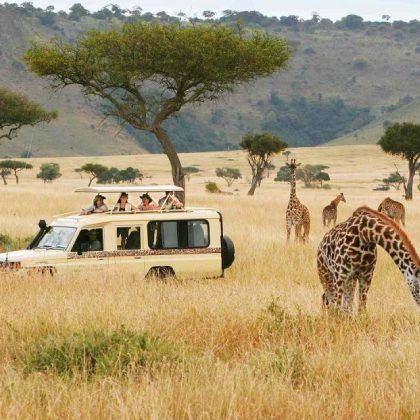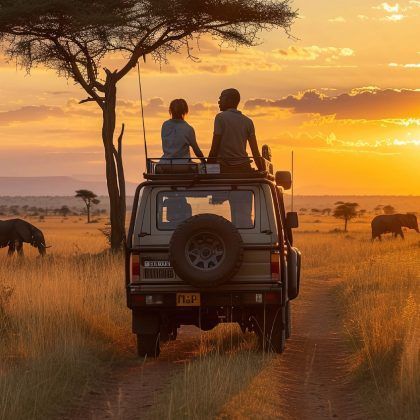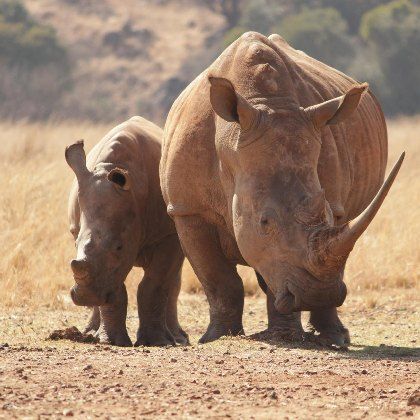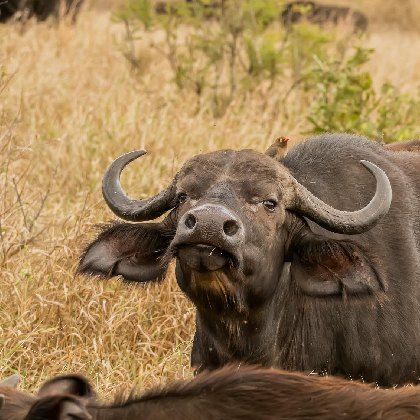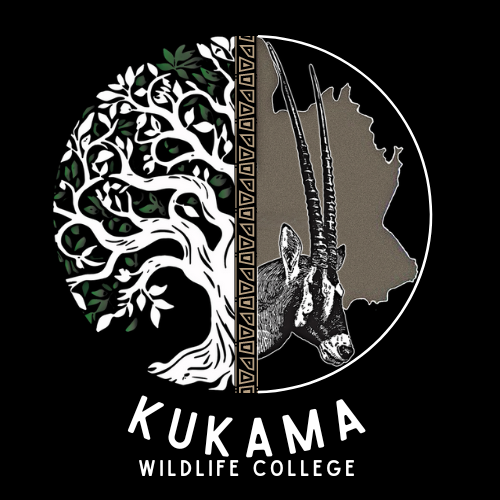
The Role of Technology in Modern Wildlife Conservation
The Role of Technology in Modern Widllife Conservation

In the challenging and expansive world of wildlife conservation, the adoption of advanced technologies is proving to be a game changer. As ecosystems face increasing threats, from habitat destruction to illegal poaching, conservationists are turning to innovative tools to gain an upper hand in protecting our planet's biodiversity. Here’s how modern technology is reshaping the field of wildlife conservation.
1. Drones: Eyes in the Sky
Drones, or unmanned aerial vehicles, have become crucial in monitoring large, inaccessible terrains and providing real-time data essential for wildlife conservation. These devices are particularly effective in tracking animal movements, surveilling poacher activity, and assessing habitat conditions. Equipped with thermal imaging, drones can also perform night-time surveillance, crucial for protecting nocturnal wildlife and identifying illicit activities under the cover of darkness.
2. Camera Traps: Automated Wildlife Monitoring
Camera traps have revolutionized wildlife monitoring by allowing researchers to capture detailed images and videos without human interference. These devices, activated by motion sensors, minimize human-wildlife conflicts and reduce stress on animals while collecting valuable data on animal behaviors, population dynamics, and species distributions—critical information for conservation strategies.
3. GIS and Remote Sensing: Mapping the Wild
Geographic Information Systems (GIS) and remote sensing technologies offer powerful tools for mapping and analyzing wildlife habitats. Conservationists utilize these technologies to study changes in land use, monitor habitat degradation, and implement restoration efforts with greater accuracy. These tools are vital for identifying essential wildlife corridors and understanding the impacts of environmental changes.
4. Bioacoustics: Listening to Nature’s Call
Bioacoustics technology employs sound recording equipment to monitor biodiversity, capturing the calls of various species. This method is particularly useful in environments where visual monitoring is challenging, such as dense forests or aquatic habitats. It provides insights into species presence and helps assess environmental health and the impact of human activity on wildlife.
5. Conservation Databases: From Data to Action
Efficient data management is pivotal in wildlife conservation. Integrating data from drones, camera traps, and other sources into comprehensive databases allows for effective analysis and strategy development. These databases support global conservation efforts by facilitating data sharing among scientists and researchers, ensuring that conservation actions are informed and impactful.
6. AI and Machine Learning: Predicting the Future
Artificial intelligence (AI) and machine learning are set to transform wildlife conservation by analyzing extensive data sets to detect patterns and predict future trends. These technologies can forecast poaching risks, model habitat alterations, and offer solutions to mitigate environmental threats, supporting proactive conservation measures.
These technologies not only enhance the capabilities of wildlife conservationists but also improve the effectiveness of wildlife training courses and educational programs. By integrating modern technology into wildlife education, we can prepare future conservationists to address and solve the pressing challenges facing global biodiversity. The role of technology in wildlife conservation continues to grow, providing vital tools that support the protection and preservation of our natural world.
Conclusion
Kukama Wildlife College is steadfast in its commitment to wildlife conservation and education in South Africa. With a focus on providing comprehensive wildlife training courses, the college prepares students for meaningful careers in conservation. Through rigorous academic and practical training, students at Kukama Wildlife College gain the knowledge and skills necessary to tackle the challenges of modern conservation. The college's dedication to fostering a deep understanding and respect for nature ensures that its graduates are not only well-prepared to contribute to conservation efforts but also to lead them, helping to safeguard South Africa’s rich biodiversity for future generations.

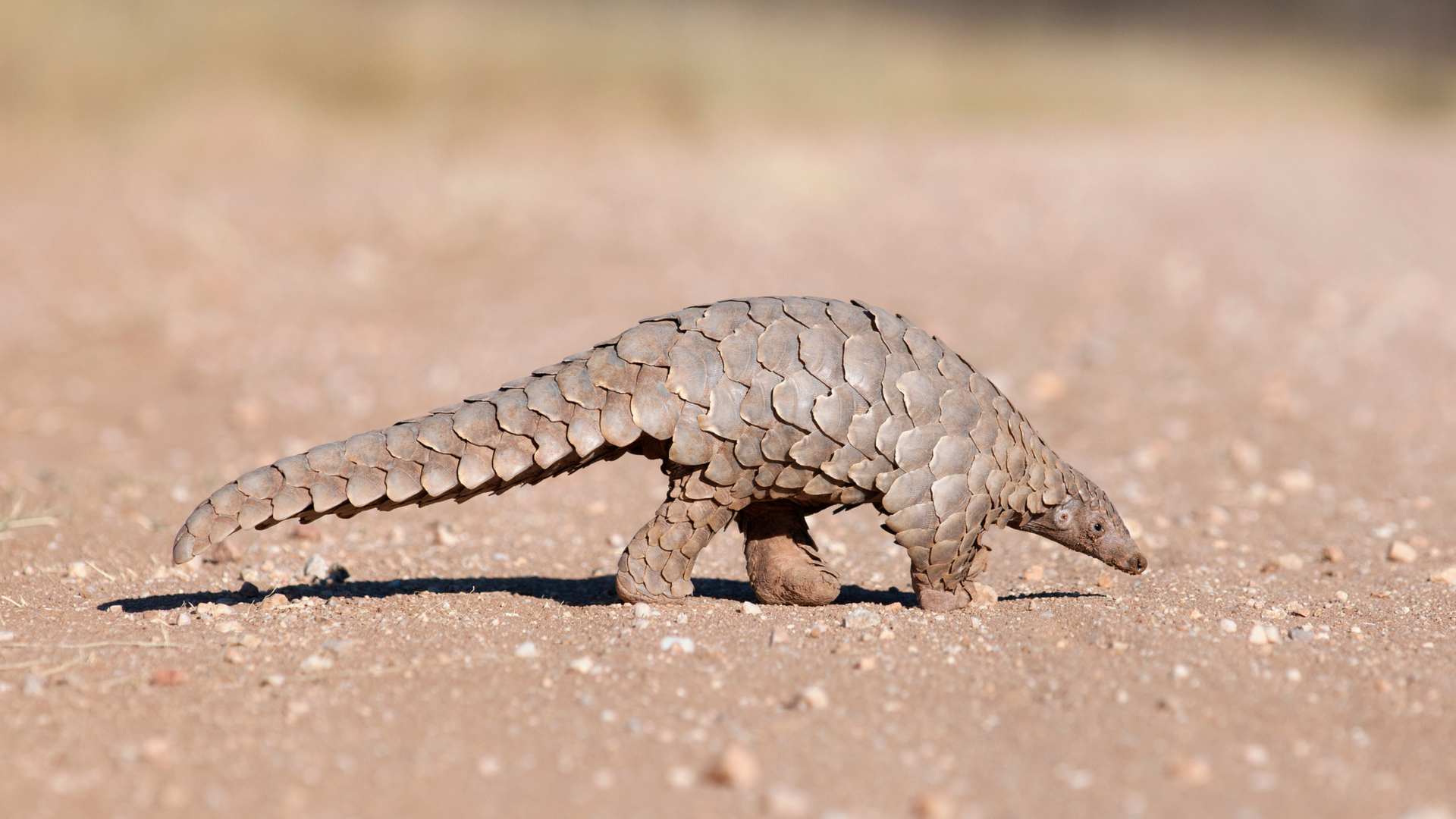
CONTACT
Send us an email and we'll get back to you soon.
Thank you for contacting us.
We will get back to you as soon as possible
Please try again later
